Graphics Reference
In-Depth Information
L
2
L
2
p
3
p
3
L
2
p
3
p
1
p
1
p
2
p
2
p
1
p
2
L
1
L
1
L
1
(b) Disallowed case
(c) Disallowed case
(a) Valid case
Figure 3.25.
Conic design problem 2.
tion of the two lines is neither of the points where
L
1
and
L
2
are tangent to the conic.
See Figure 3.25.
Solution.
Assume that
L
1
and
L
2
are tangent lines at
p
1
and
p
2
, respectively. Let
L
3
be the line through
p
1
and
p
2
and let [
L
i
] = [a
i
,b
i
,c
i
]. Define symmetric 3 ¥ 3 matrices
Q
1
and Q
2
by
1
2
(
)
T
T
T
(
) (
)
+
(
) (
)
=
(
) (
)
Q
=
abc
,
,
a bc
,
,
a bc
,
,
abc
,
,
and Q
a bc
,
,
a bc
,
,
.
1
111
222
222
111
2
333
333
Let C
i
(x,y) = 0 be the quadratic equation associated to Q
i
. Let
p
3
= (x
3
,y
3
). If
(
)
=
(
)
+-
(
)
(
)
Cxy
,
l
Cxy
,
1
l
Cxy
,
,
l
1
2
then there is a unique l so that C
l
(x
3
,y
3
) = 0 and that is the equation of the conic we
want. Equivalently, if
(
)
QQ
=+-
l
1
l
Q
,
l
1
2
then there is unique l so that (x
3
,y
3
,1)Q
l
(x
3
,y
3
,1) = 0.
3.6.1.9. Example.
To find the conic that passes through the points
p
1
= (4,-4) and
p
2
= (4,4), has tangent lines
L
1
:
x-+=
240
,
L
2
:
x++=
240
,
at those points, and also passes through the point
()
=
(
)
( )
=
()
()
=-
(
)
a
p
00
,
b
p
10
,
c
p
10
,
3
3
3
Solution.
First note that the line
L
3
through
p
1
and
p
2
is clearly defined by
L
3
:x-=
40











